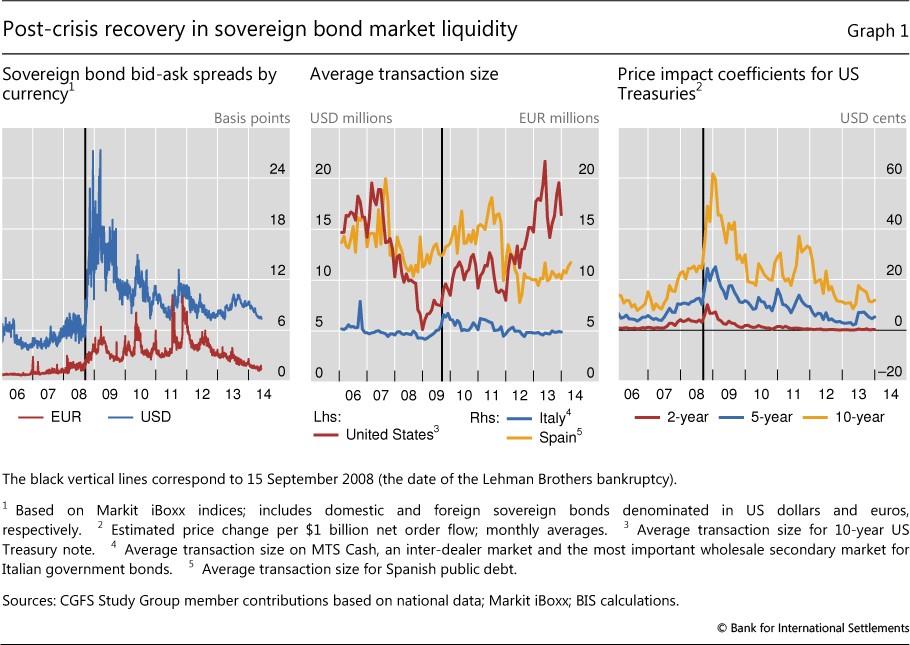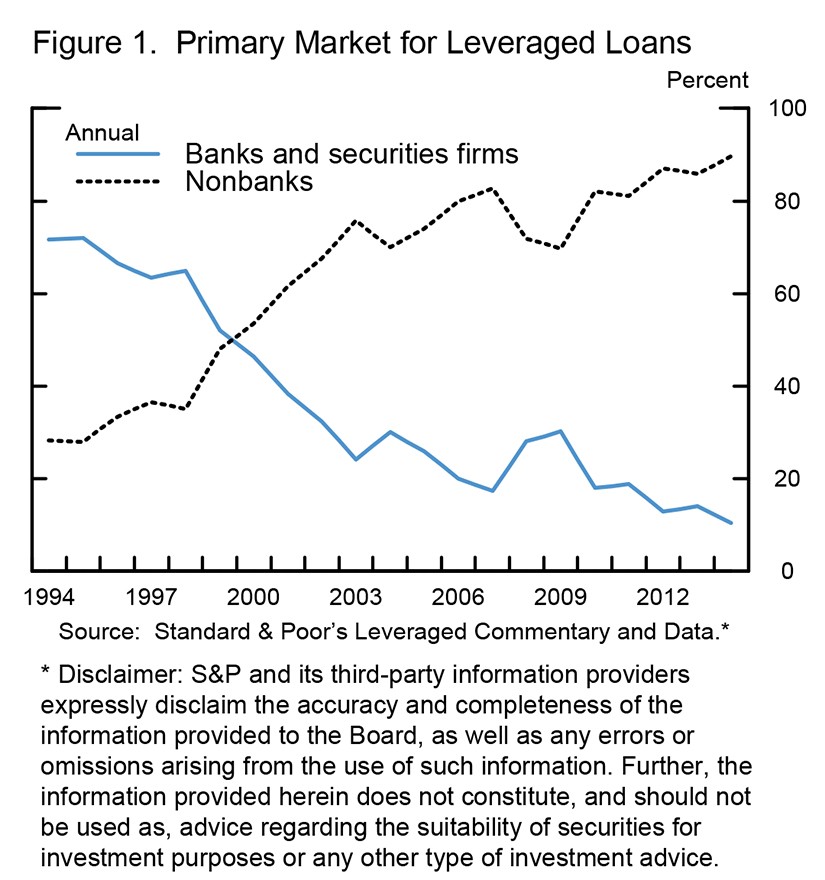PPT Structural Models of Credit Risk are Useful Evidence from Hedge Ratios on Corporate Bonds
Post on: 26 Апрель, 2015 No Comment

Loading.
PPT Structural Models of Credit Risk are Useful: Evidence from Hedge Ratios on Corporate Bonds PowerPoint presentation | free to download
Structural Models of Credit Risk are Useful: Evidence from Hedge Ratios on Corporate Bonds
underestimating hedge ratio (beta) of debt to equity (or equity risk premium) or. Explaining Structural Model Spreads with Empirical Betas. PowerPoint PPT presentation
Title: Structural Models of Credit Risk are Useful: Evidence from Hedge Ratios on Corporate Bonds
Structural Models
- Structural models of credit risk represent
default in terms of the value of the firms
assets (that collateralise the debt)
Introduction
A 14-39 123
BBB 39-59 194
What do credit spreads in structural models
represent?
approximately
- So possible reasons for underestimating spreads
- underestimating default probability (or LGD)
- underestimating hedge ratio (beta) of debt to
Source Huang Huang
Structural Models and Default Probabilities
- Actually structural models appear to provide
reasonably good (or at least not bad) estimates
of default probabilities
Lelands Estimates of Default Probabilities
- Leland uses default boundary model with realistic
input parameters to calculate default
probabilities
- B-rated bonds asset volatility is 32
- A-rated bonds asset volatility is 23 (Base
Dotted line is actual.
Dotted line is actual.
Default Frequencies in Structural Models of
Debt, Working Paper, Univ. of California,
Berkeley, September 2002.
Short-Term vs. Long-Term Default Probabilities
- Long-term (7-8 years and longer) default
frequencies fit quite well
- Short-term (1-6 years and below) default
frequencies are too low
What do we do in this paper?
- Existing research
- default probabilities (partial) success
- spreads failure (i.e. so far no success for
variable that depends on prices)
underestimated
corporate debt to equity?
Why are hedge ratios important — I?
- Determine risk premia
- In all structural models the bond value is
determined as the price of the replicating
portfolio
replicates payoff on bond
determined by the hedge ratios
predicted by models, then that failure of models
to predict spreads likely to be due to non credit
risk factors
Why are hedge ratios important — II?
- Hedge ratio
- measures exposure of debt value to value of
collateralising assets
Focus of Paper
- Estimate hedge ratio regressions
- In a world governed by structural models, hedge
ratio regressions would produce
- coefficients bj,E close to one
- high explanatory power (R2 close to 1)
- . but not exactly as a result of (a)
non-linearity (b) discreteness
- We show that (a) and (b) are not important and
test hypothesis that bj,E 1
- Consider other systematic factors (a la
Collin-Dufresne) and examine their relation to
underlying credit risk

Main Findings — 1
- Simple structural model (Merton, 1974) provides
reasonably good estimates of hedge ratios of
corporate debt to equity
related to
criteria (only US bonds, matching with
CRSP/COMPUSTAT, no financials, only straight
bonds)
Entire Sample Final Sample
Bonds 10,370 1360
Issuers 2,114 396
Descriptive Statistics Final Dataset
A Simple Time-Series Hedging Regression
- We run the following regression
- Results
- estimated hedge ratios small (0.006 0.04 for
IG) but highly (statistically) significant
- R2 much less than 100
- sensitivity to Treasury returns (duration) low
Hedge Ratios
- Are these hedge ratios reasonable?
- compare with hedge ratios implied by Merton model
- In one-factor structural models the hedge ratio,
bE, is
where DE is the delta of equity to the firms
asset value and L is the debt-to-asset value ratio
Hedge Ratios from the Merton Model
Asset Volatility Asset Volatility Asset Volatility Asset Volatility Asset Volatility Asset Volatility Asset Volatility
Leverage 10 15 20 25 30 40 50
10 0.00 0.00 0.04 0.58 2.53 9.25 17.19
20 0.00 0.03 0.70 2.63 4.80 13.52 21.39
40 0.10 1.42 6.88 10.41 16.44 23.73 31.58
50 0.49 53.19 8.05 11.88 17.50 24.17 29.68
60 2.06 4.47 13.255 16.60 19.53 24.79 34.08
70 3.20 7.98 15.25 14.73 21.79 27.83 29.87
Source Schaefer / Strebulaev
Explaining Structural Model Spreads with
Empirical Betas
- Implies default-boundary structural models
produce very similar hedge ratios to Merton
The story so far
- Merton model produces hedge ratios in line with
empirical estimates
exposure quite well
returns?
Stochastic Interest Rates
- In Merton model ( effectively, Black-Scholes)
riskless interest rates are fixed
in riskless rate
corporate debt
Low Duration Puzzle Regressions on riskless
bonds only
Including Stochastic Interest Rates
- Merton (1974) with affine interest rates (Shimko
et. al. (1993), Lando (2004))
Other Factors Running a kitchen sink regression
- Hedge ratios for equity and riskless debt are not
much changed
Sensitivity to SMB
- Sensitivity to corporate debt returns to SMB
- not result of sensitivity of underlying assets to
SMB
Conclusion 1
- Hedge ratios provide a good measure of credit
exposure and, in this sense, structural models
seem to capture credit exposure better than
commonly supposed
risk related factors still incomplete














